On Tuesday the 25th of July, HCPSL was on show with Herbert grower representatives attending a bus trip to HCPSL sites. Representatives from ACFA, AgForce, Herbert River CANEGROWERS and HCQR, as well as HCPSL Board members and staff, got to view firsthand the on-ground services and extension activities that HCPSL delivers to the Herbert cane industry.
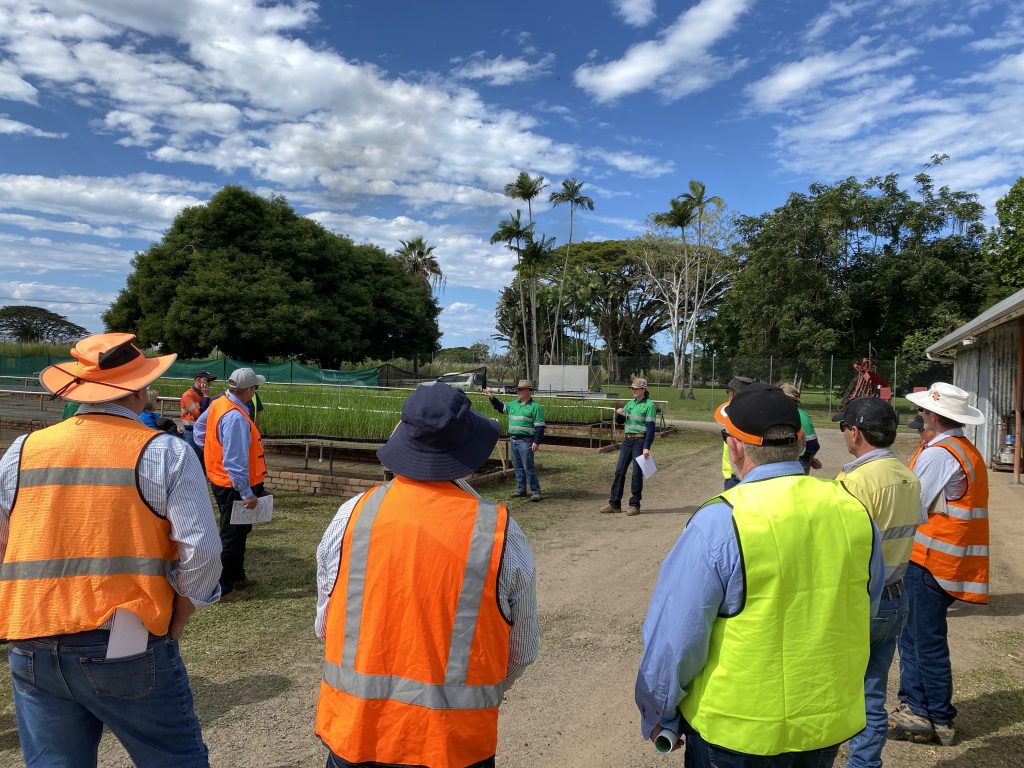
Photo above- Lawrence Di Bella (HCPSL Company Manager) and Rhiannan Harragon (HCPSL Field Agronomist) discussing Approved Seed cane options and tissue culture.
Grower representatives had presentations or viewed firsthand the following:
- Visited the HCPSL Ingham Line, Central and Macknade Approved Seed plots.
- Discussed different Approved Seed methods available to growers.
- A presentation from Adrian Mizzi on their grower group concerning how they have combined their resources to better utilise Approved Seed cane from the HCPSL Approved Seed program.
- The tissue culture plants to be planted out by HCPSL and growers in the next few weeks.
- Visited the HCPSL Ratoon Variety Trial at the Orient to see varieties grown on sodic soils.
- An update from Project CaNE and Project Catalyst projects.
- An update on the HCPSL GPS basestation network and precision agriculture services provided by HCPSL.
- An update on the Hinchinbrook Community Feral Pig Management Program and Project Squealer.
- The activities and extension services HCPSL undertakes and provides in weed and pest management.
- HCPSL’s role in the Soil CRC, the research undertaken and outcomes from this program that will benefit the local industry.
Rhiannan Harragon (HCPSL Field Agronomist) also presented data on the number of growers who requested RSD testing of seed cane for planting and the level of RSD infection. To date it was revealed that 69% of growers had not tested their seed cane prior to planting and that 9% of the samples tested were infected with RSD. The grower representatives all agreed it is very concerning growers were not testing their seed cane sources before planting and that there was a high level of RSD infection in growers seed cane. Growers are urged to purchase Approved Seed cane from HCPSL to curb the infection of RSD in commercial cane crops and to take advantage of the free seed cane inspection service HCPSL provides.
The day was very successful with Grower representatives leaving satisfied with the services being provided by HCPSL to their members.
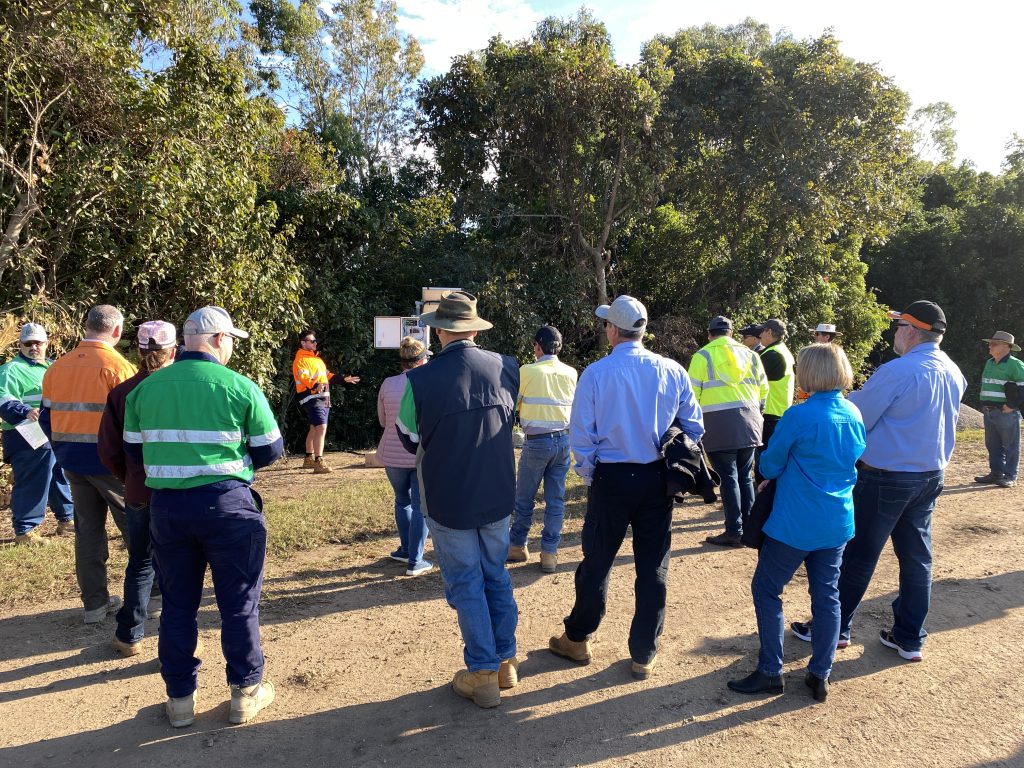
Photo above- Adam Royle (HCPSL Senior Extension Agronomist) and Luke Buono (JCU Tropwater Water Quality Technician) presenting to the delegates.
For more information on the services offered by HCPSL please refer to the company website- www.hcpsl.com or contact the Company Manager- Lawrence Di Bella.




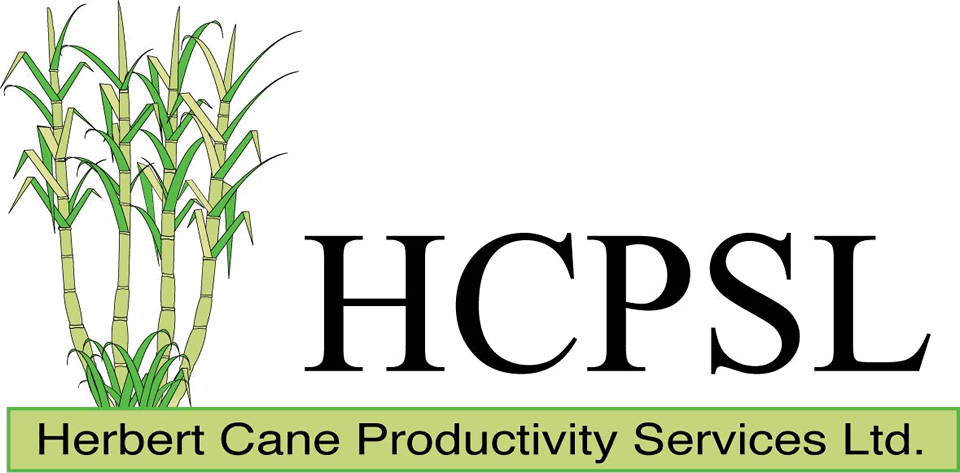
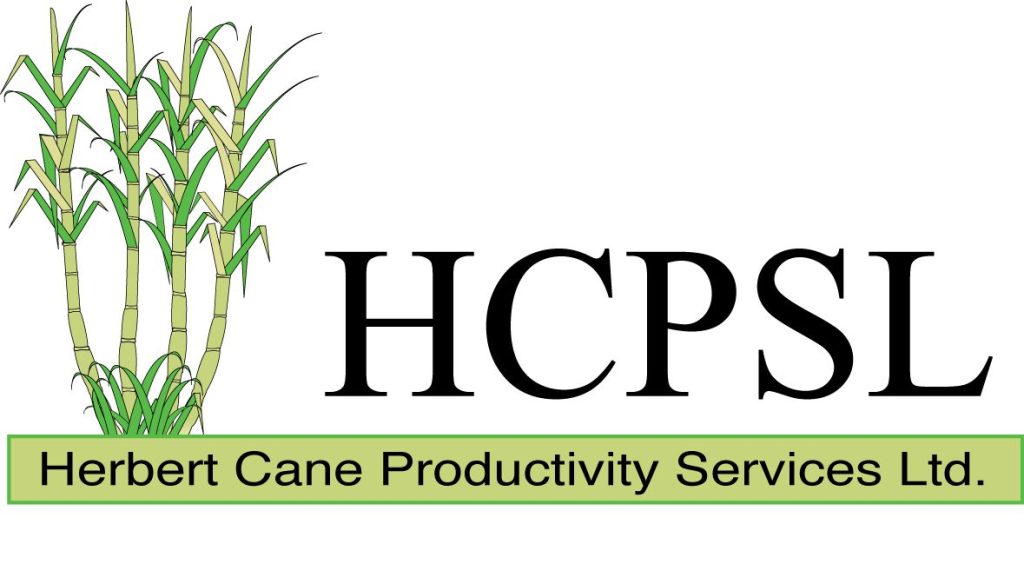
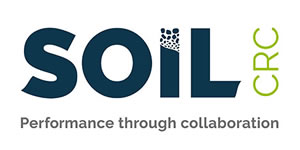
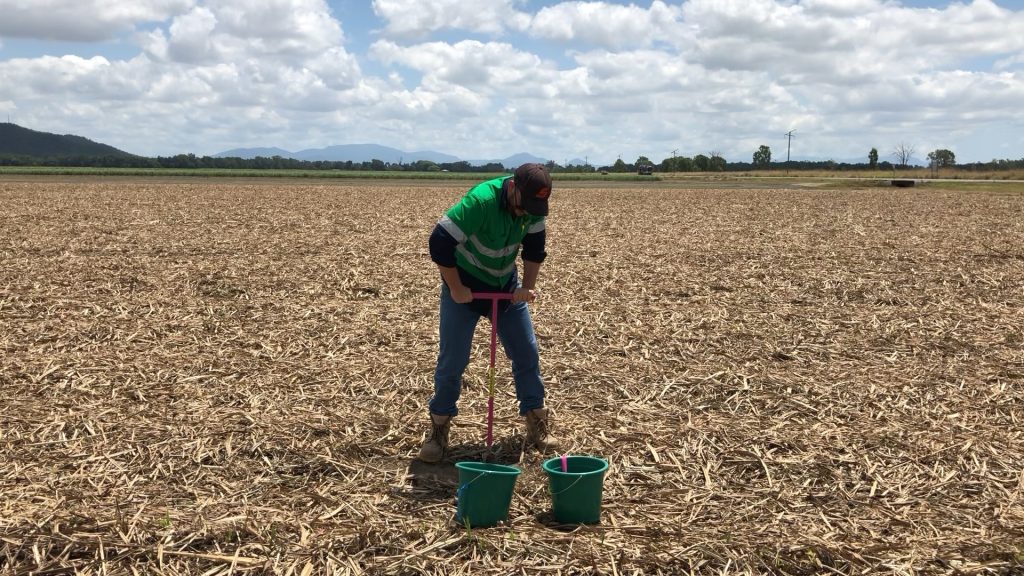
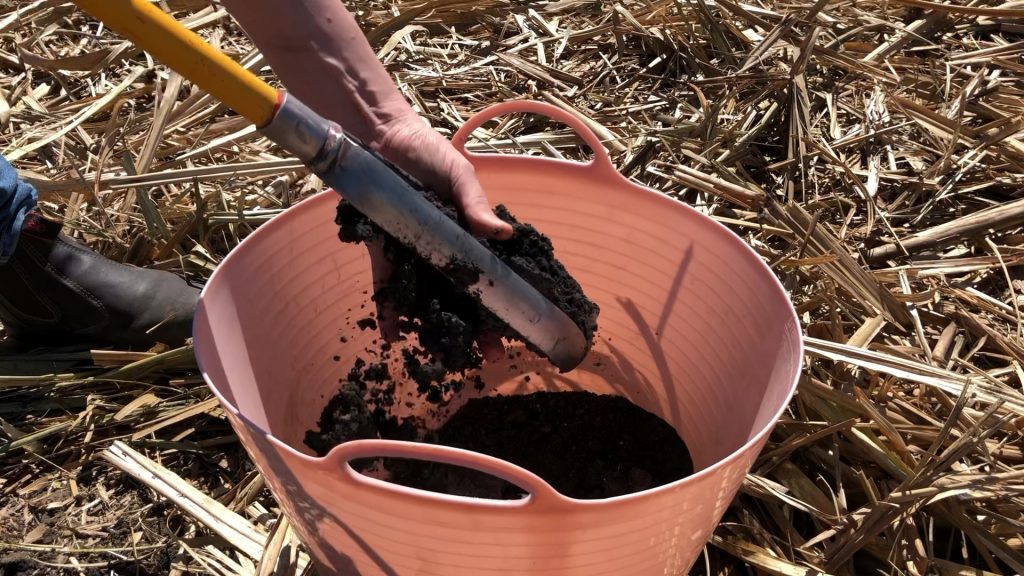
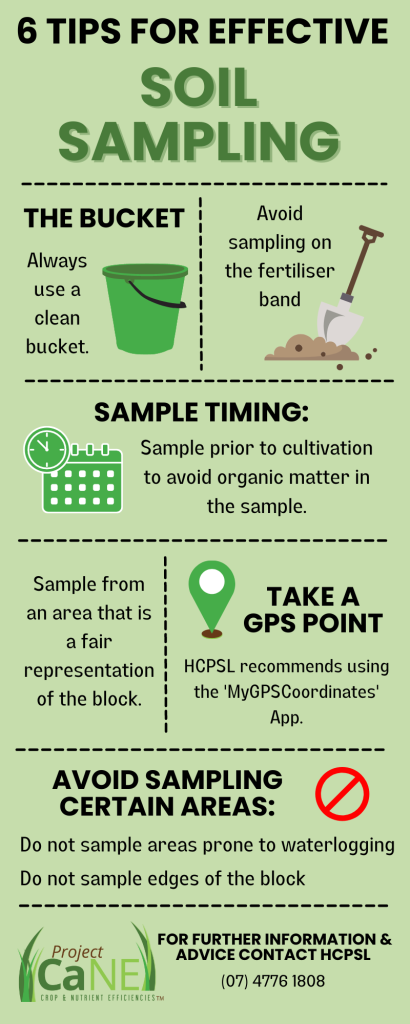
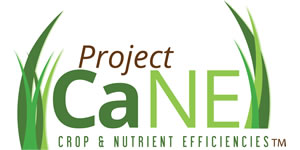

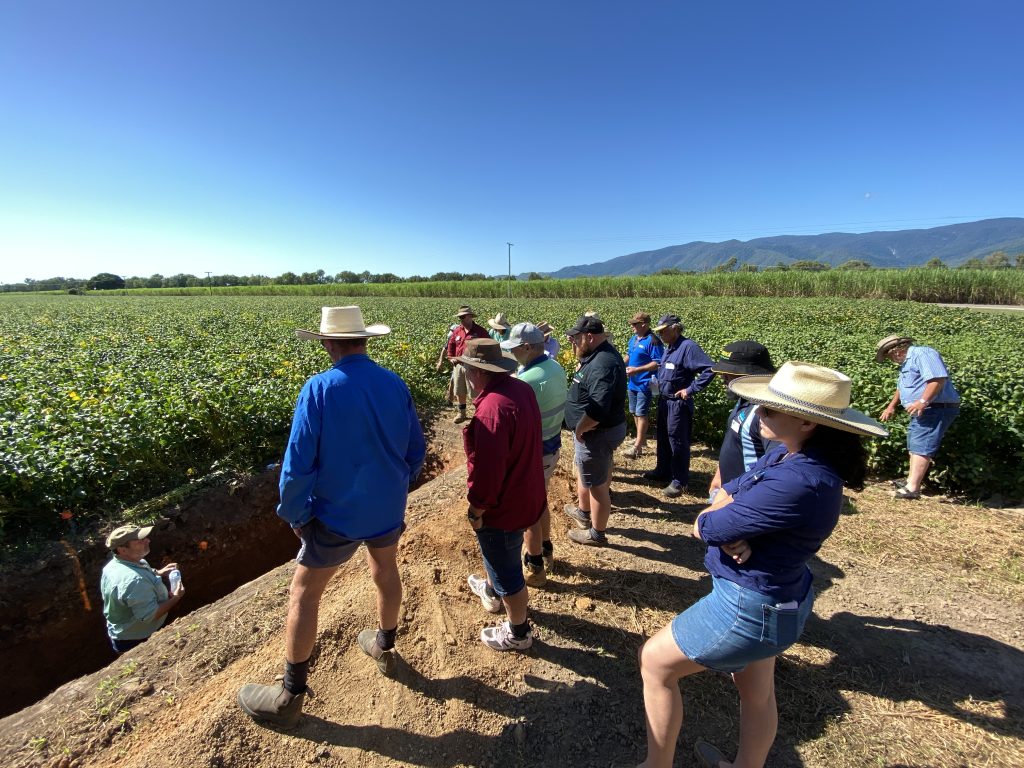
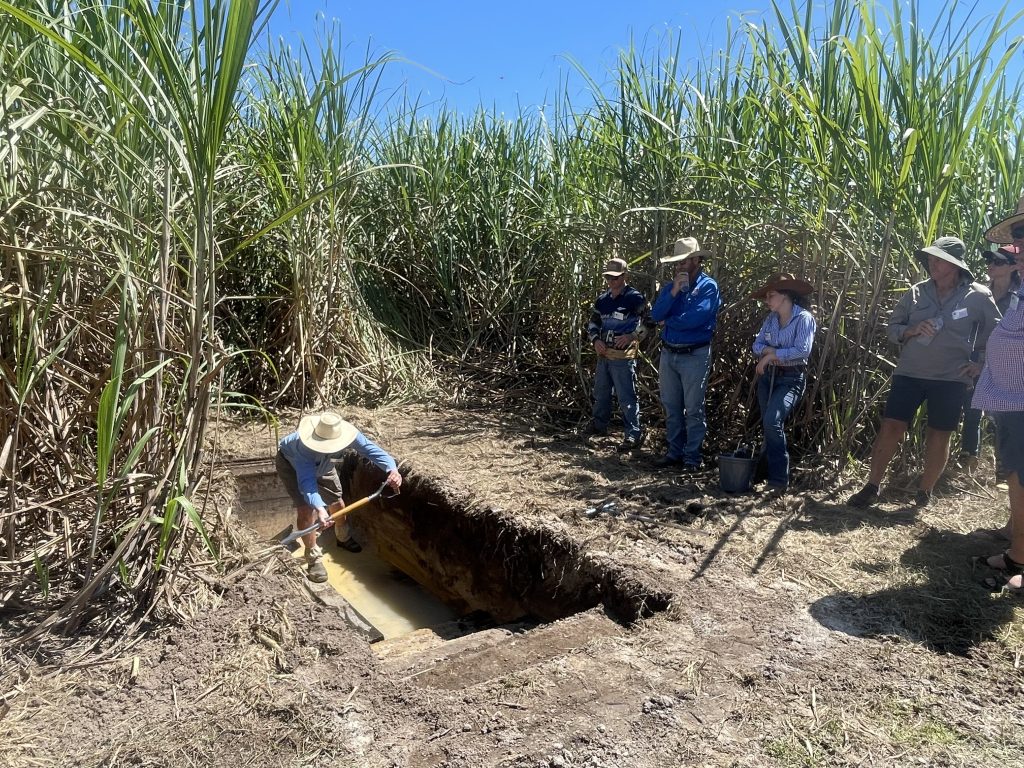
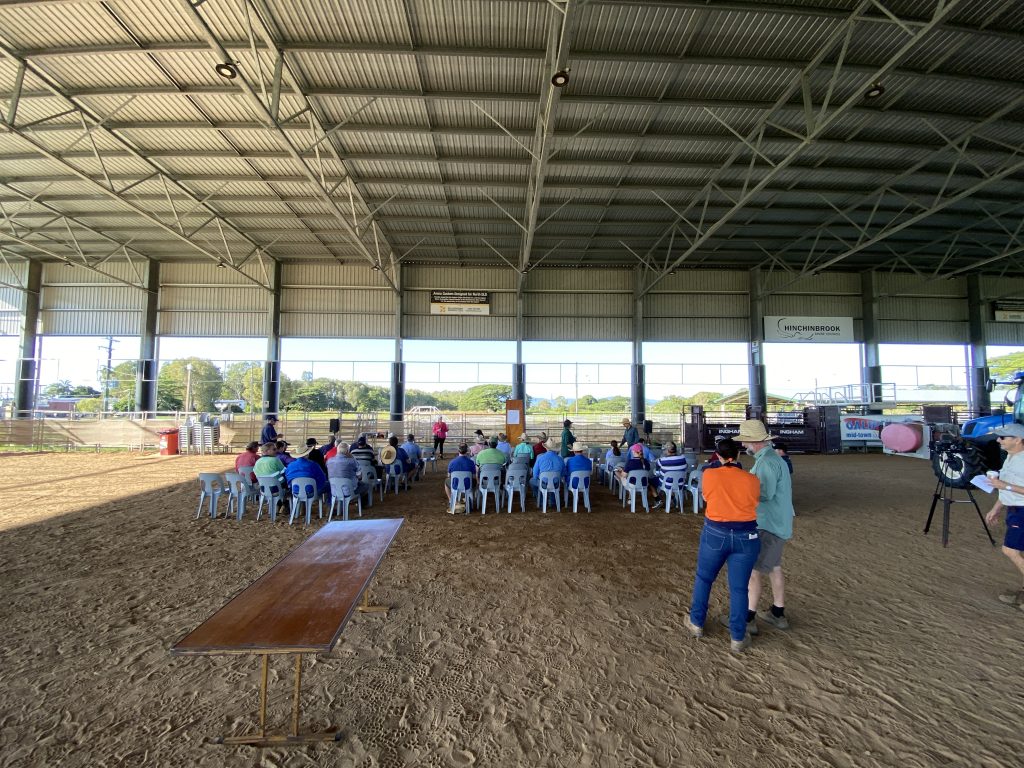
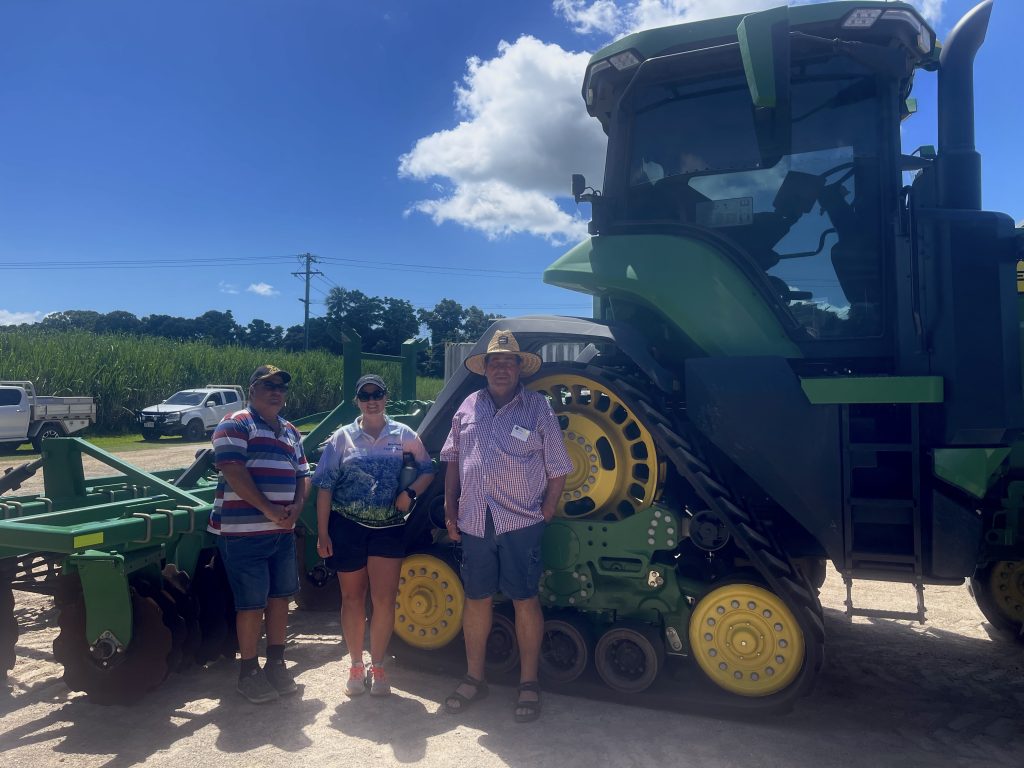
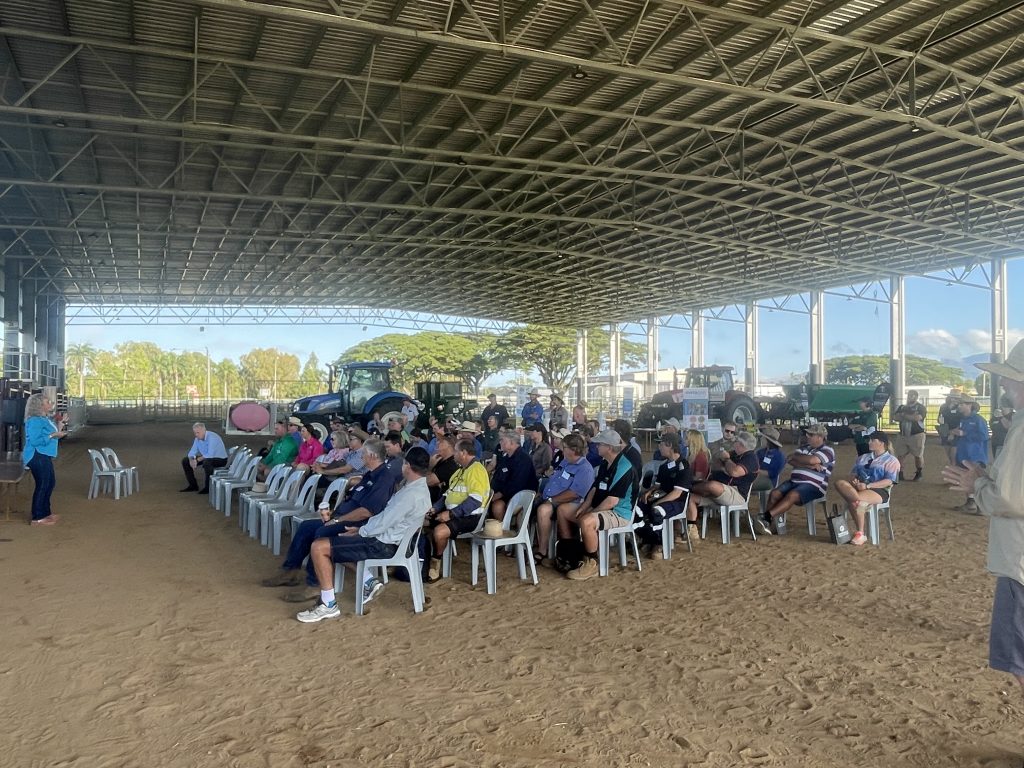
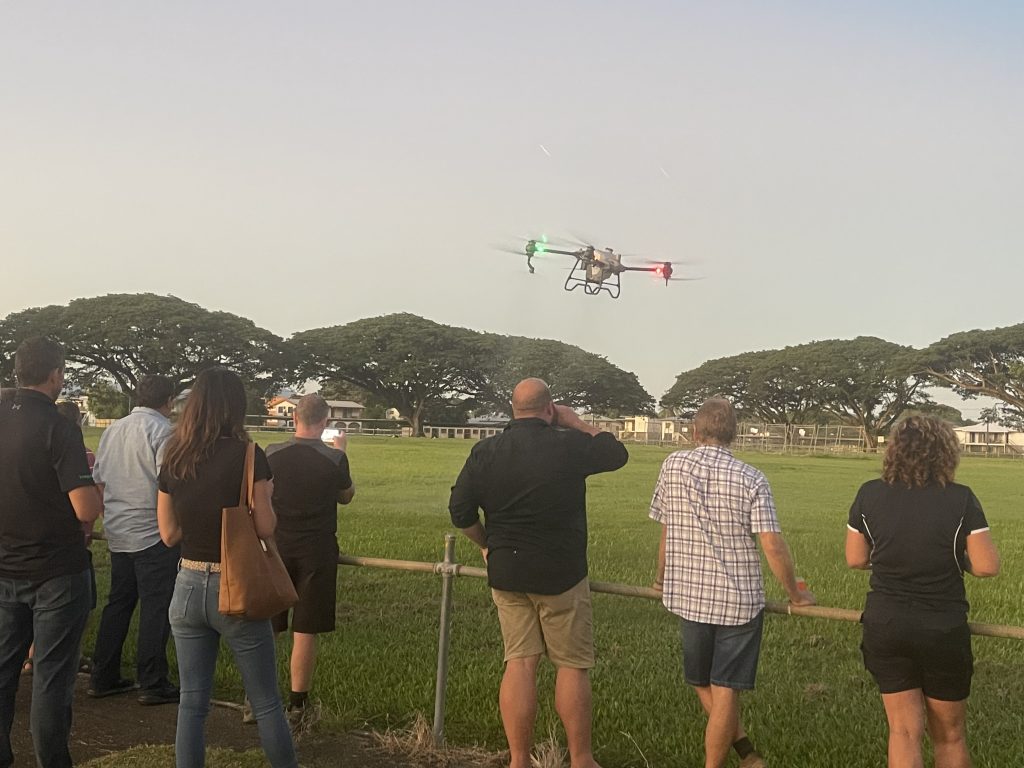


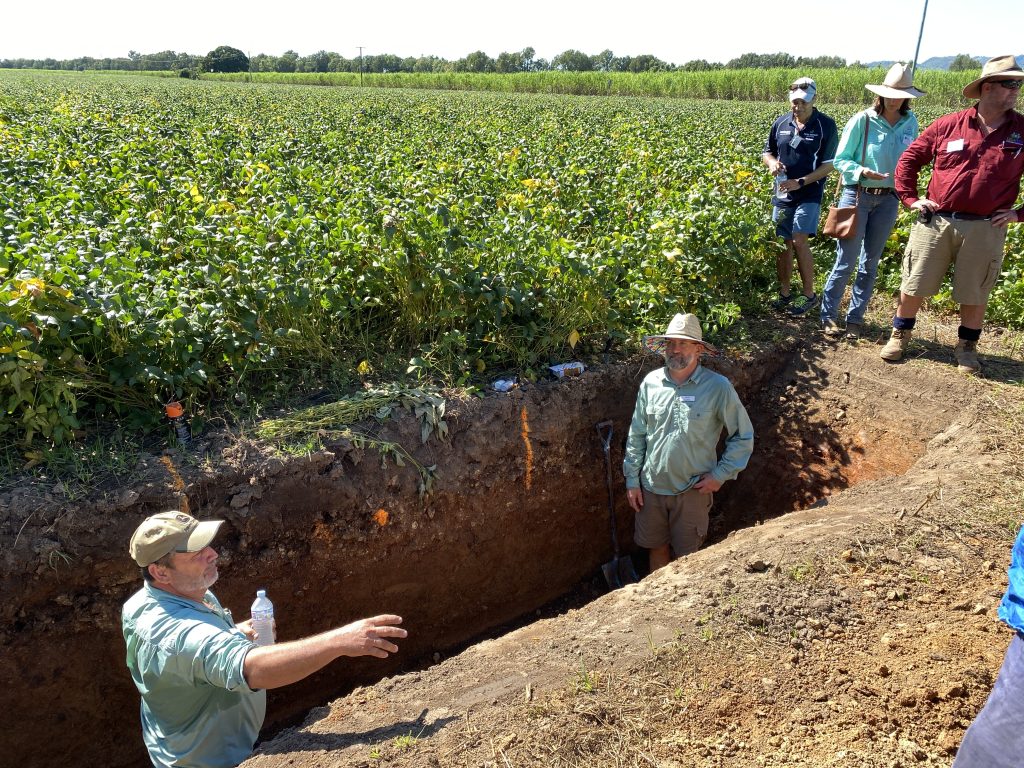

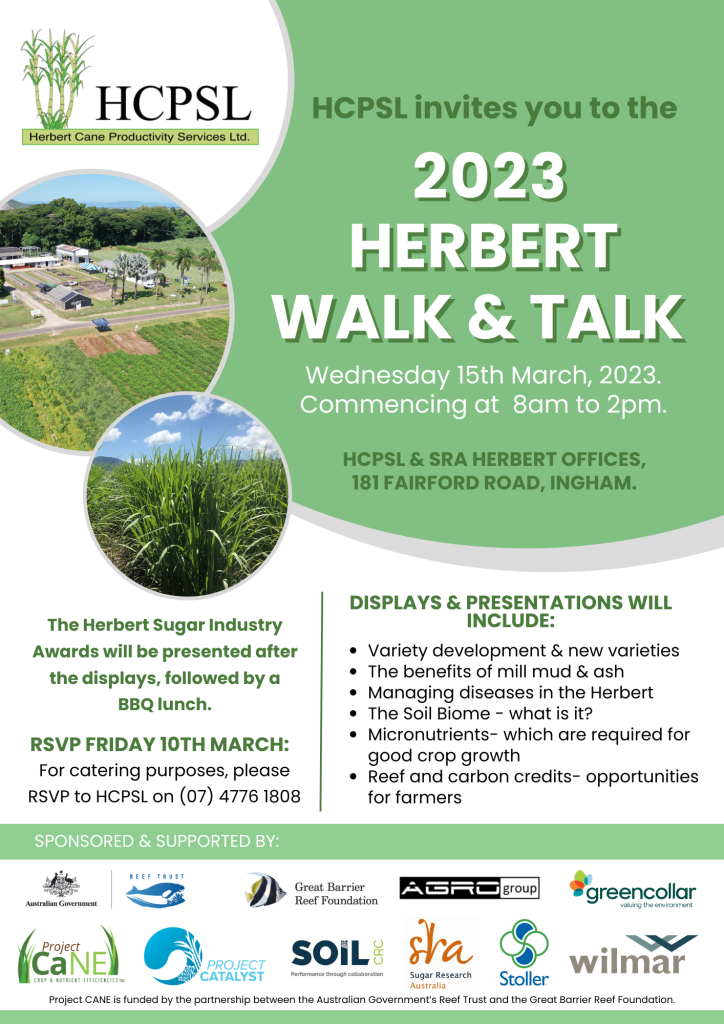
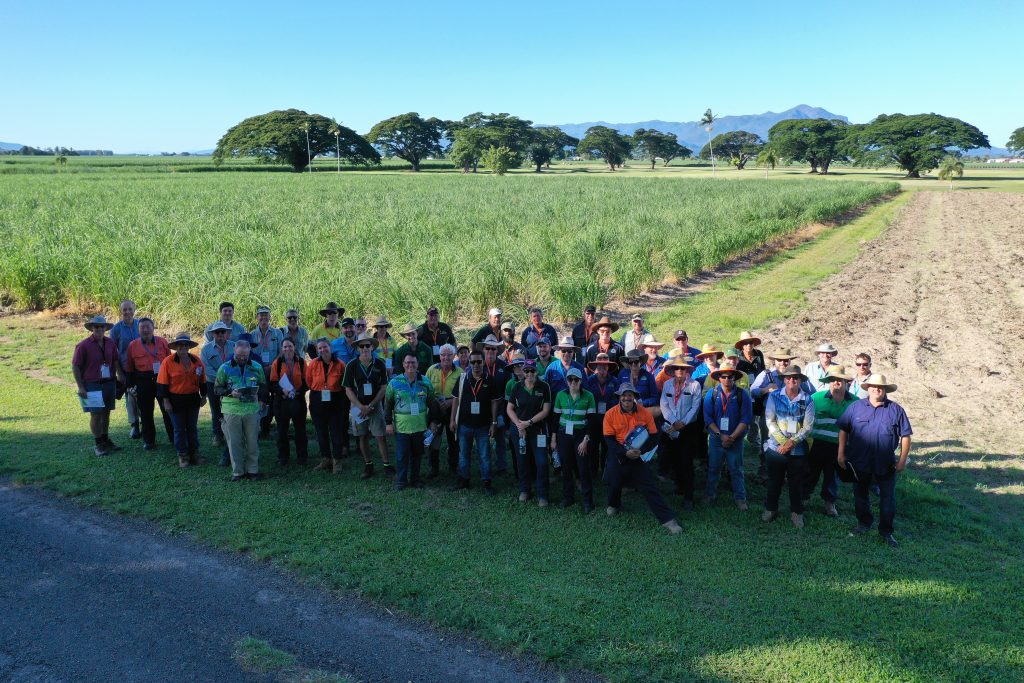
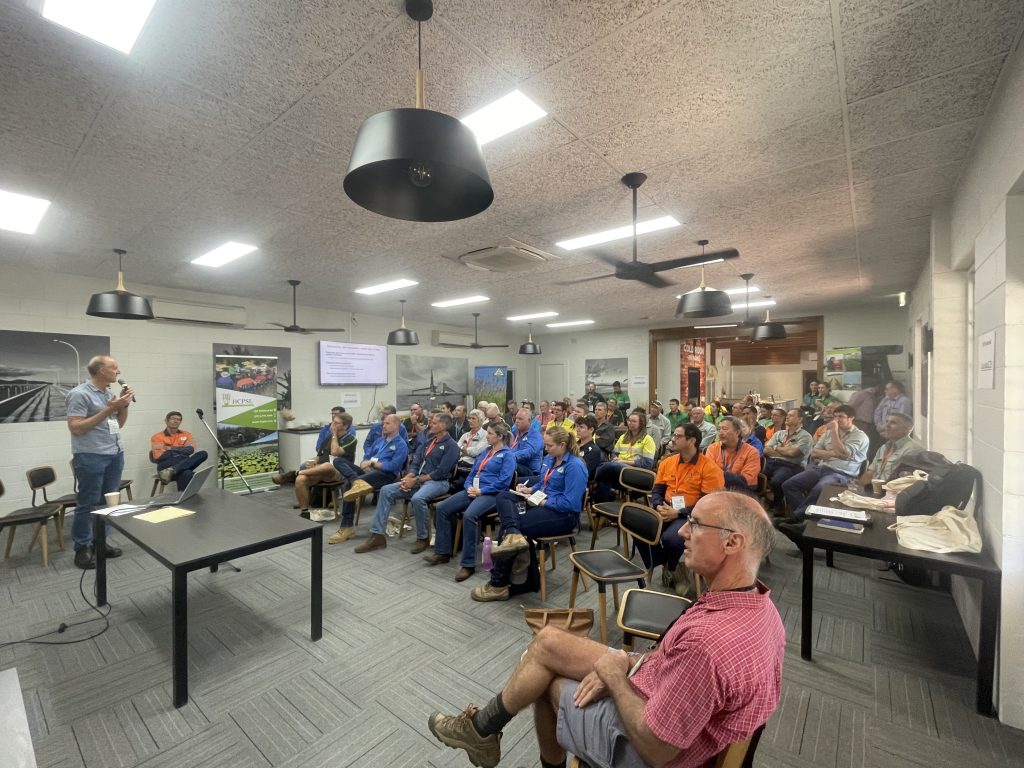
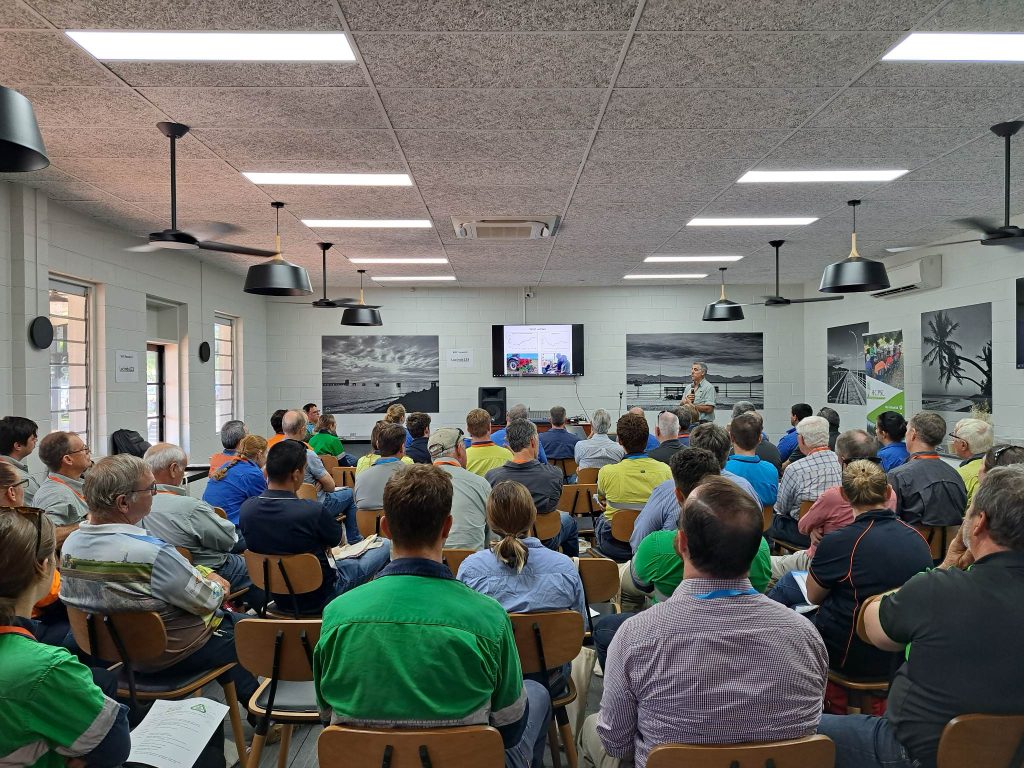
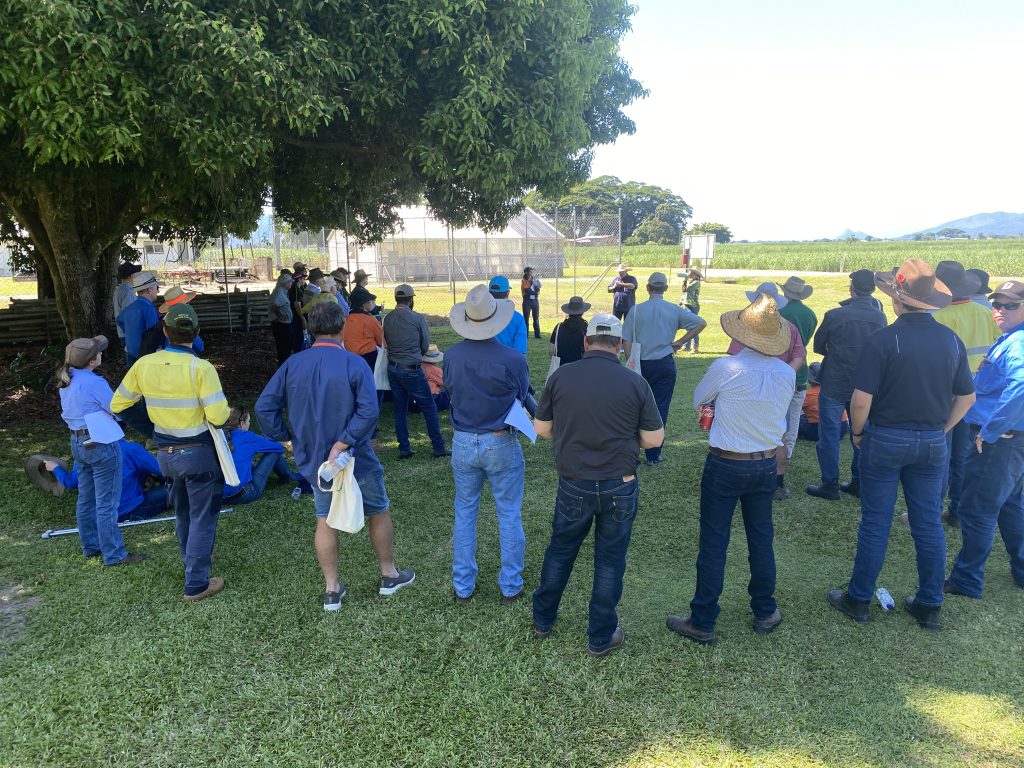
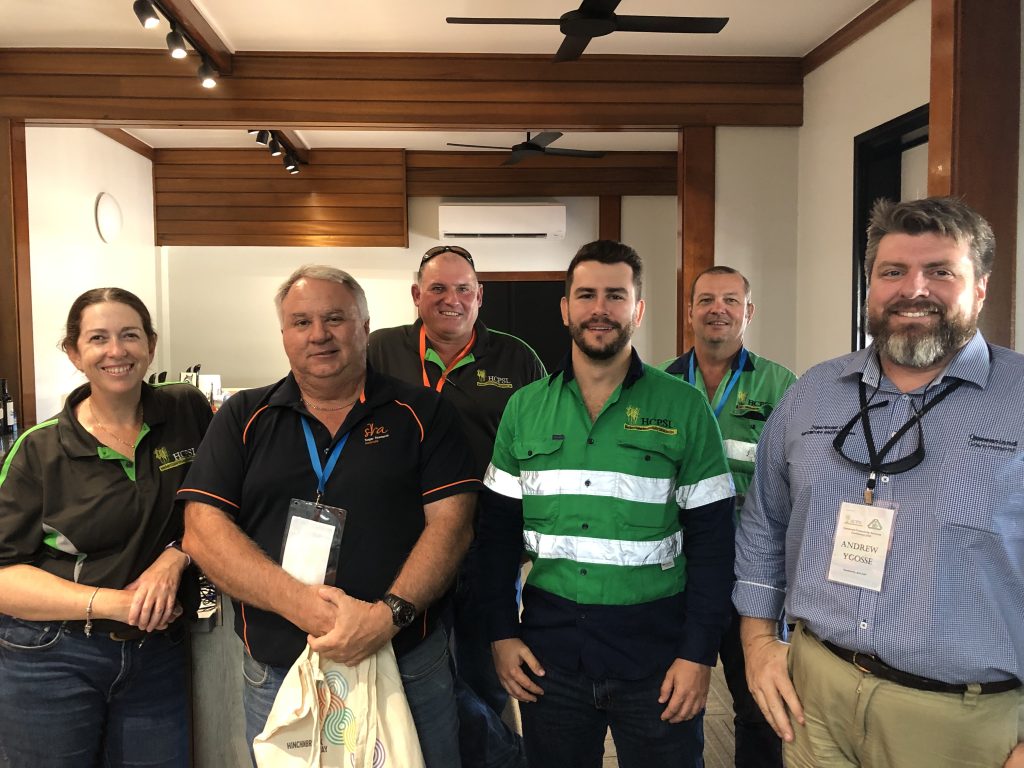

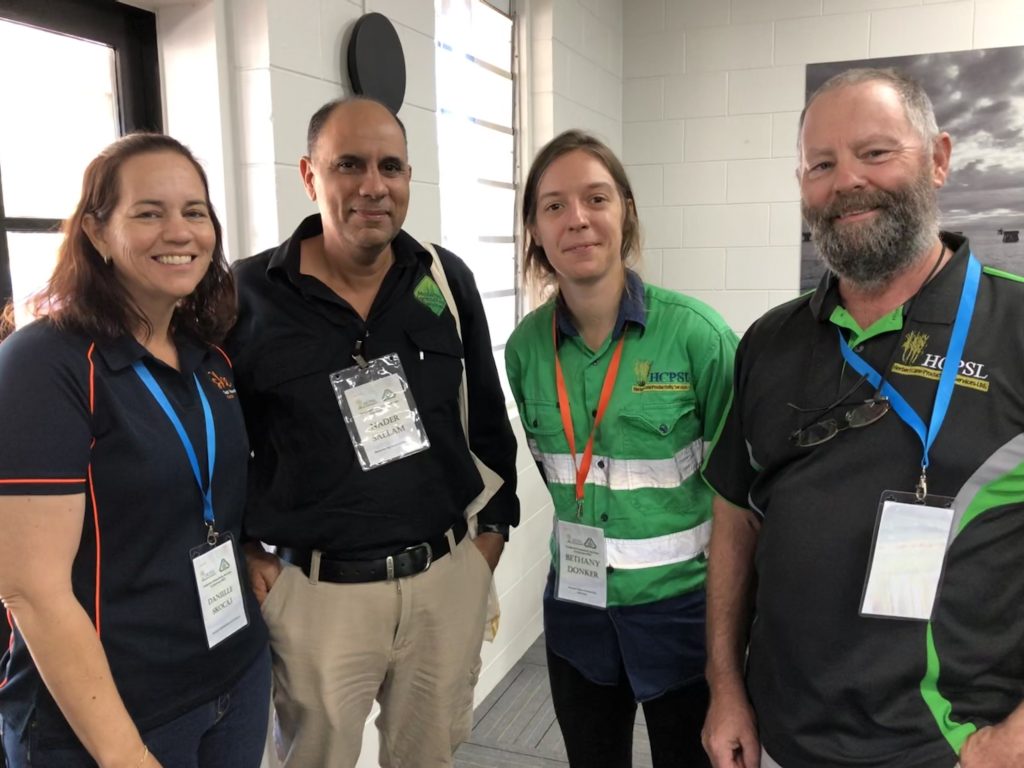
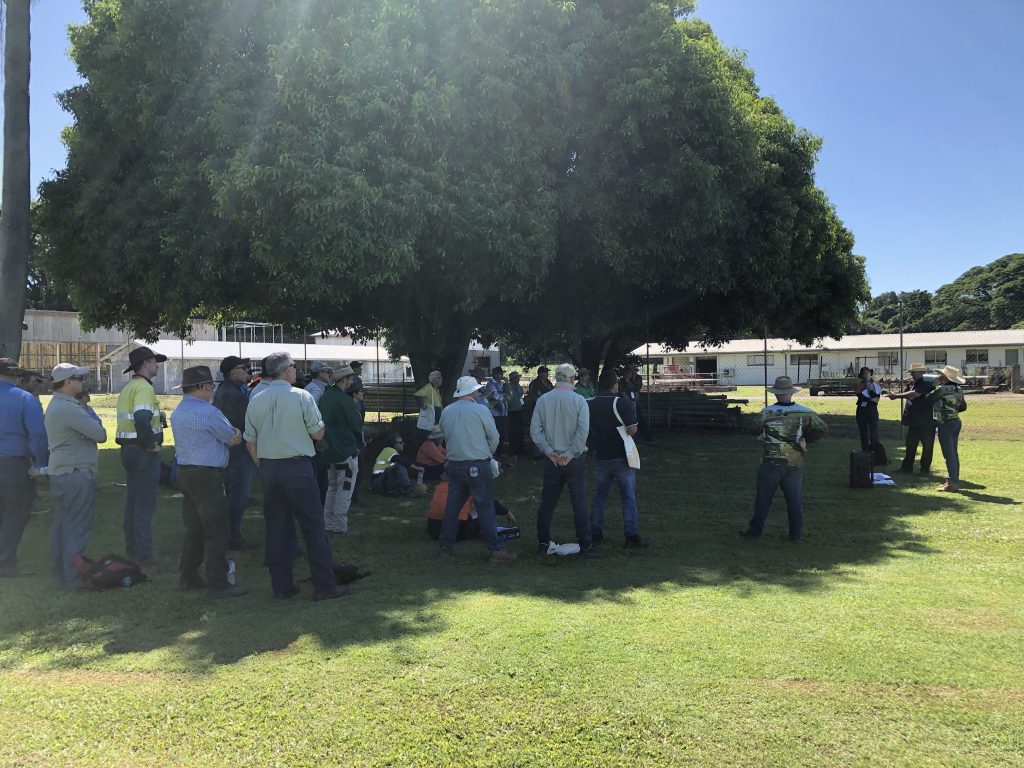
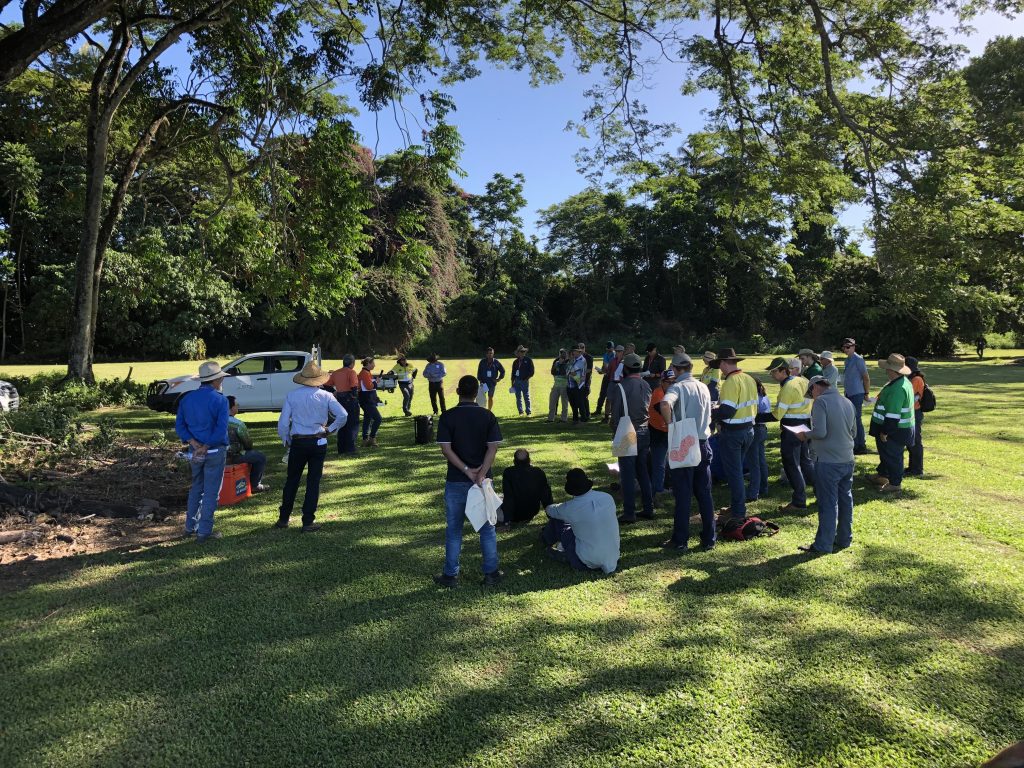
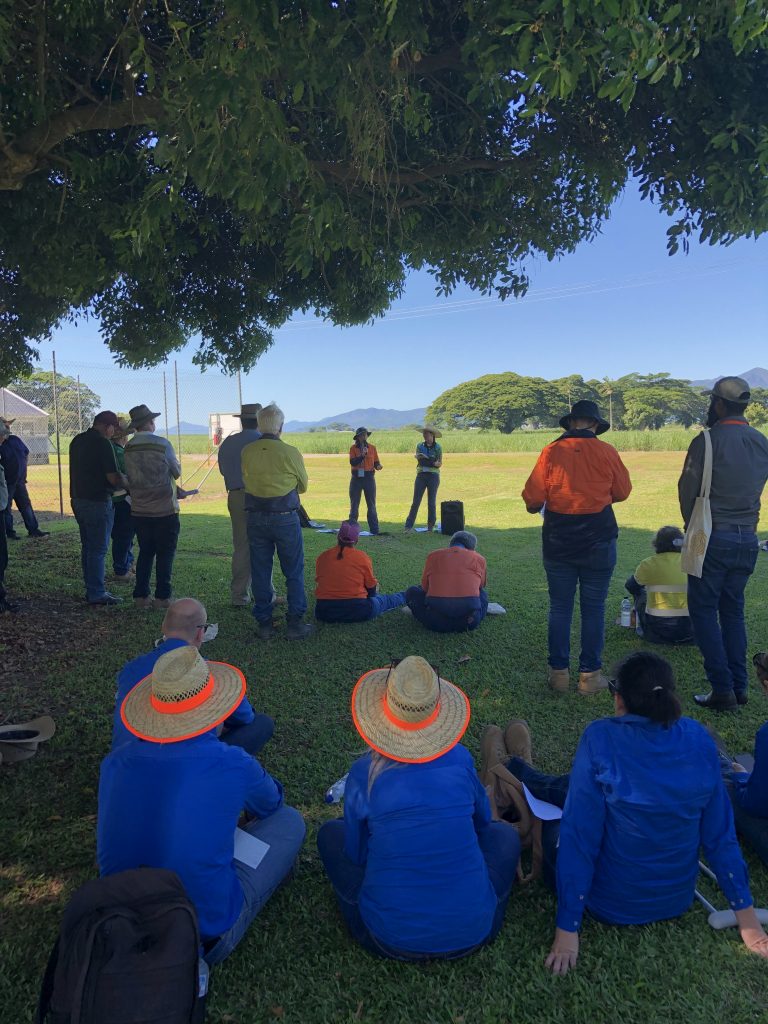
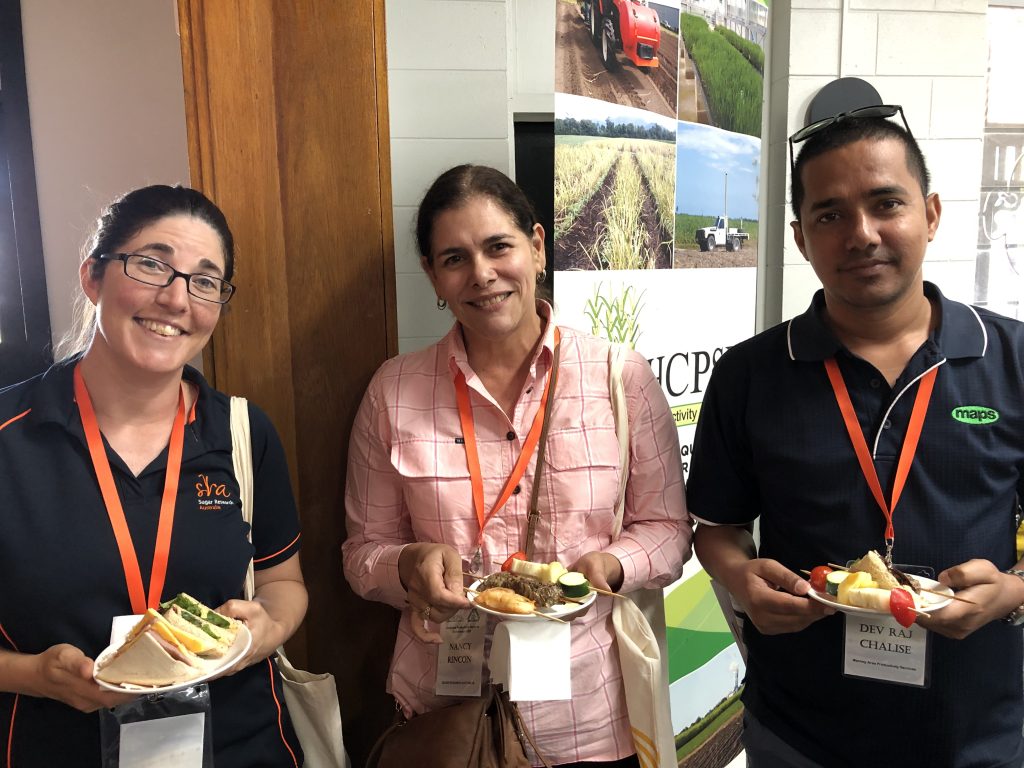
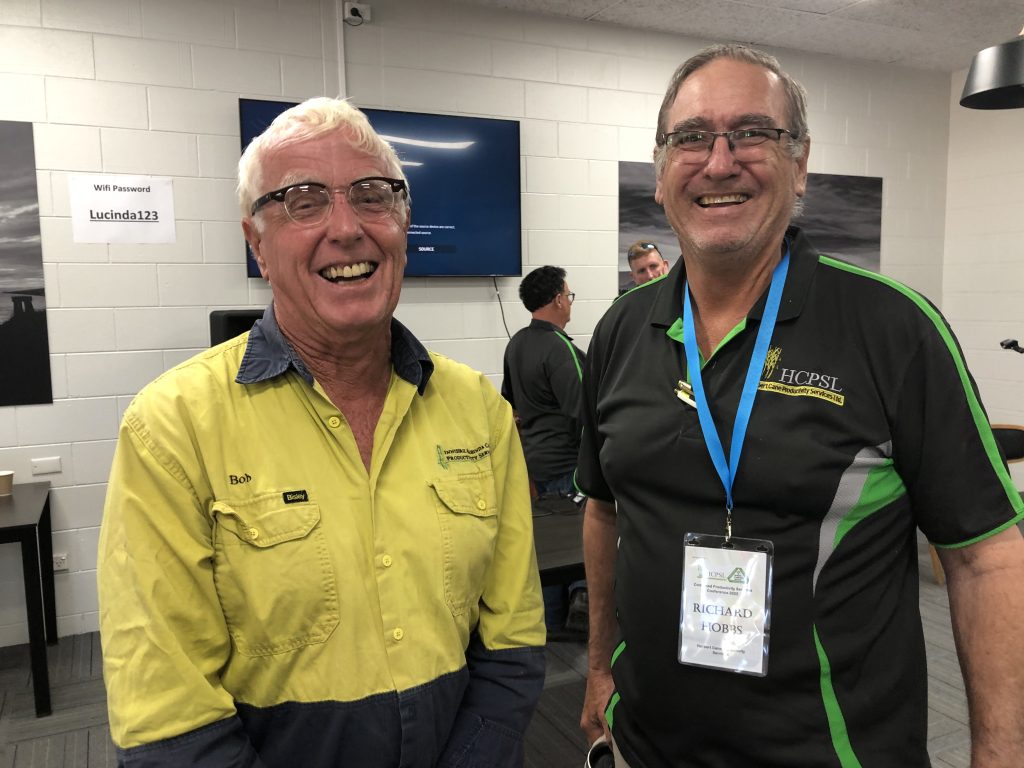
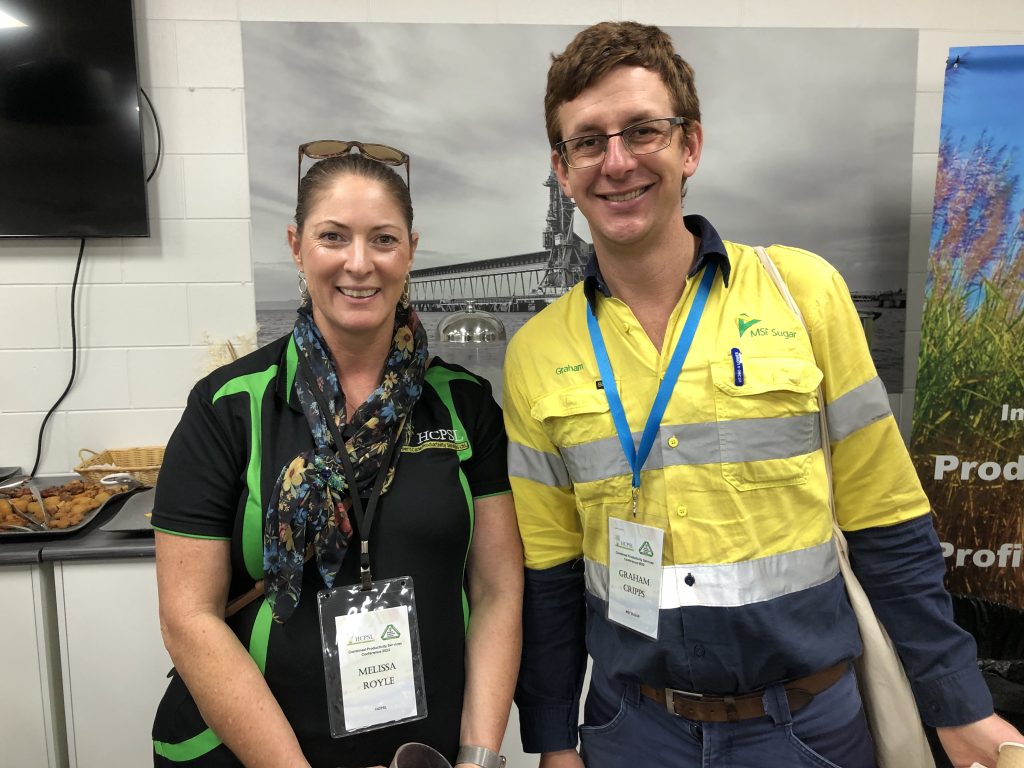
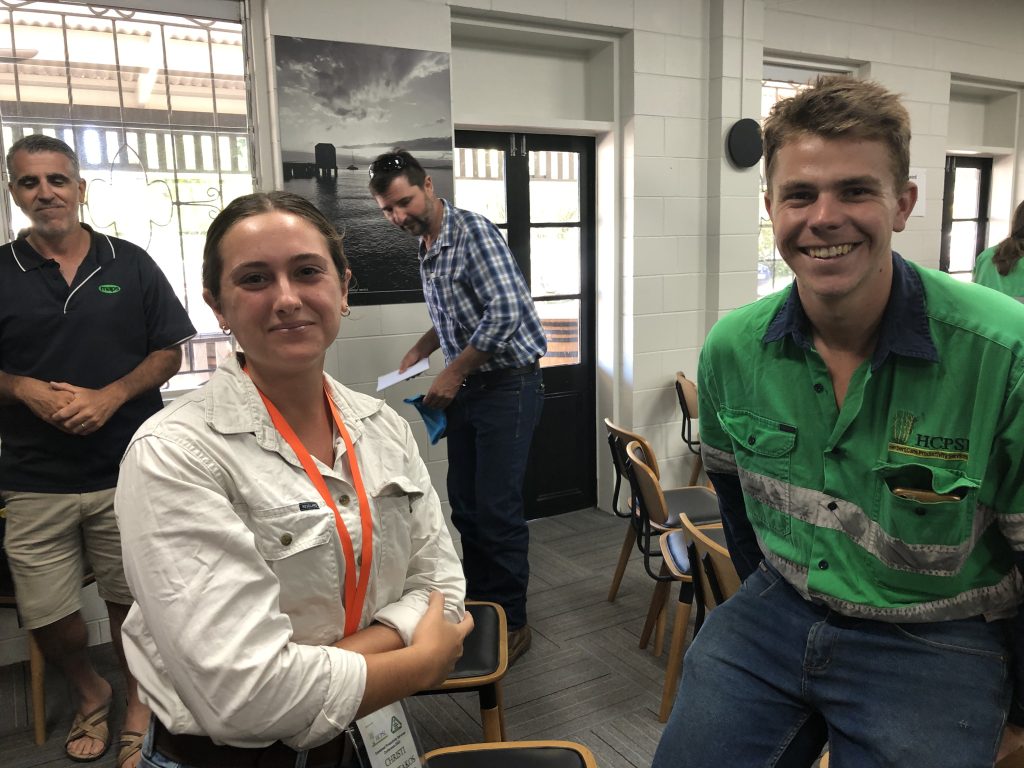
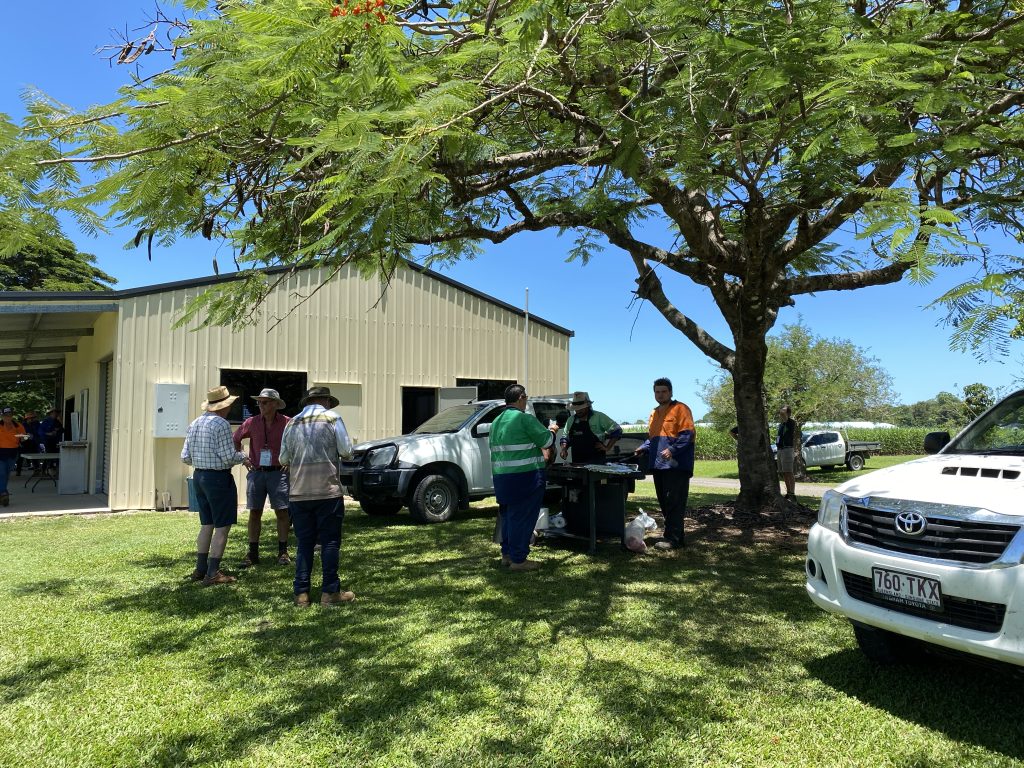
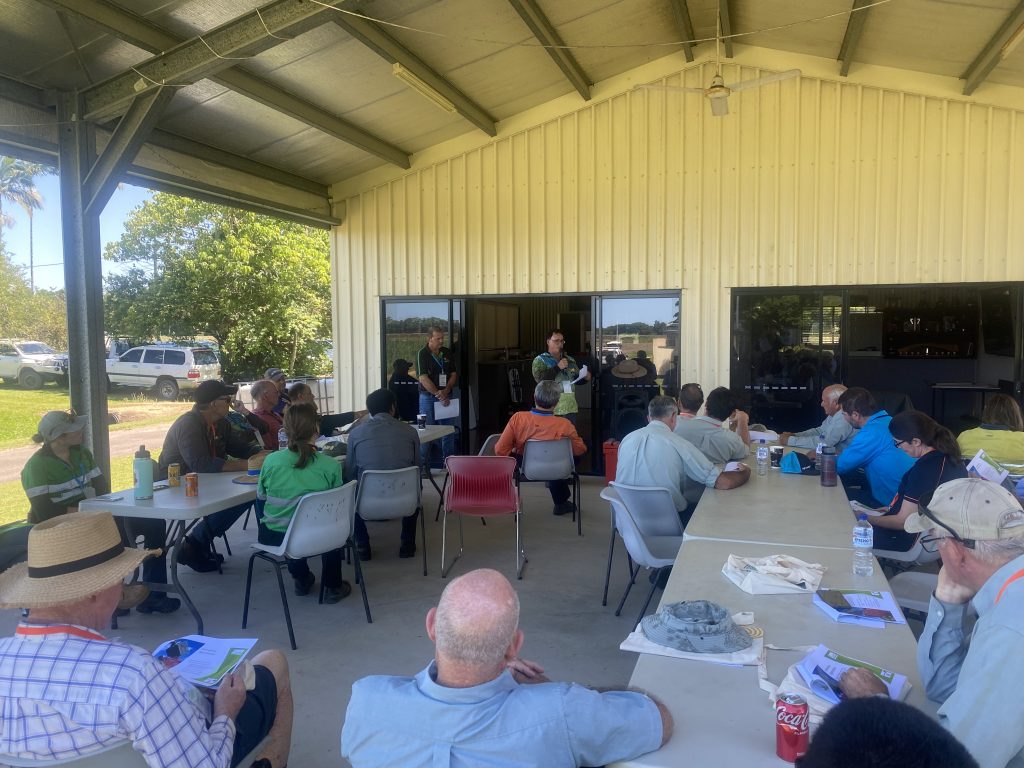
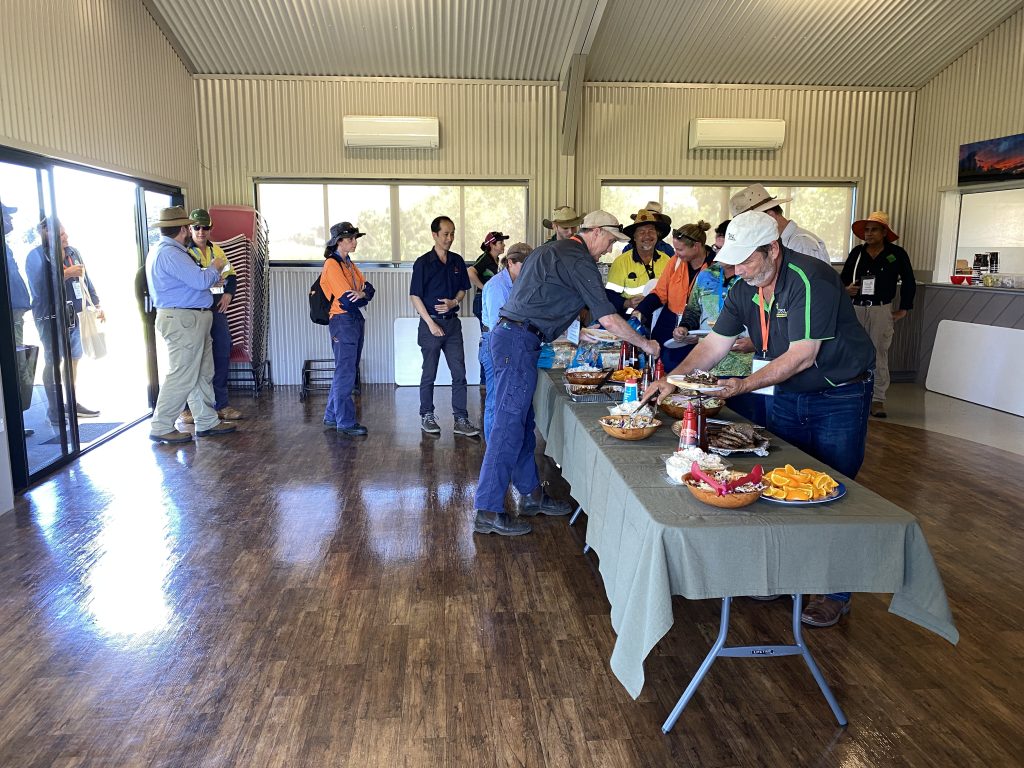
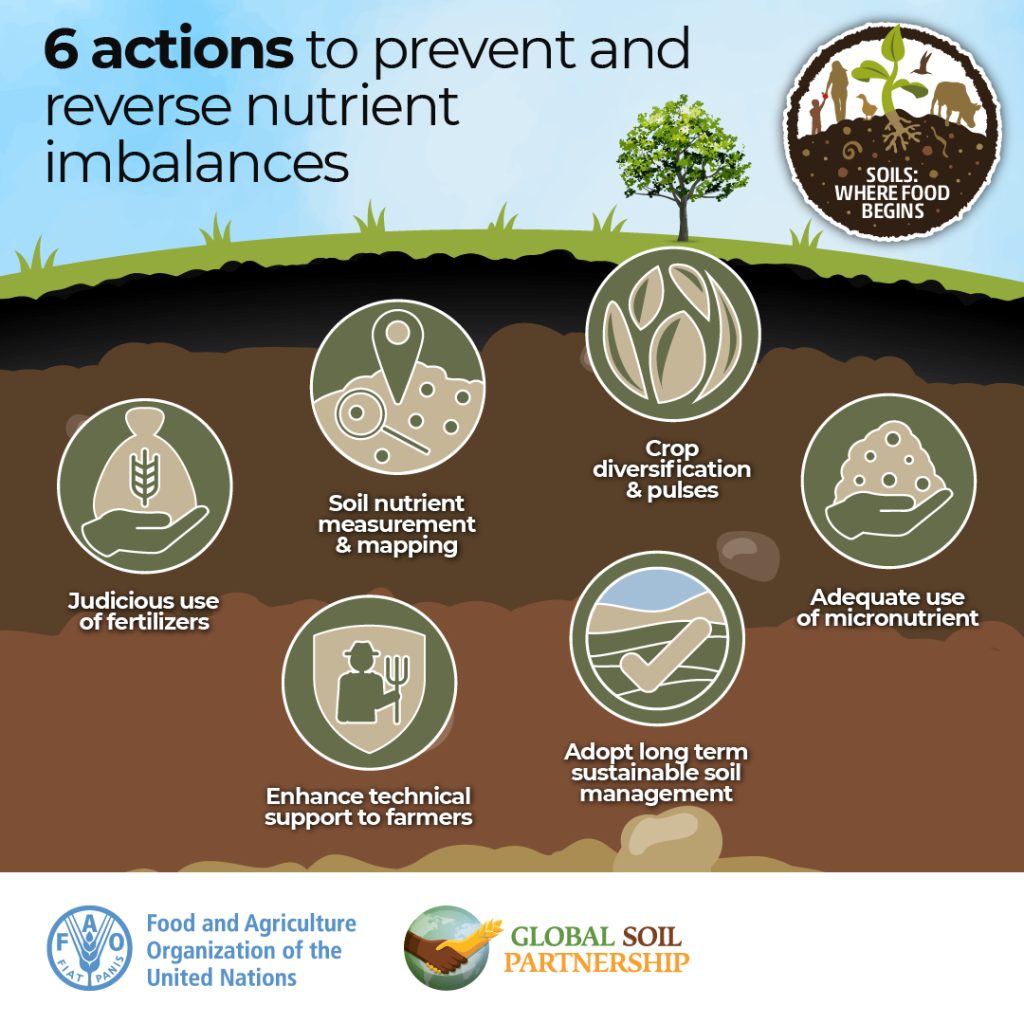
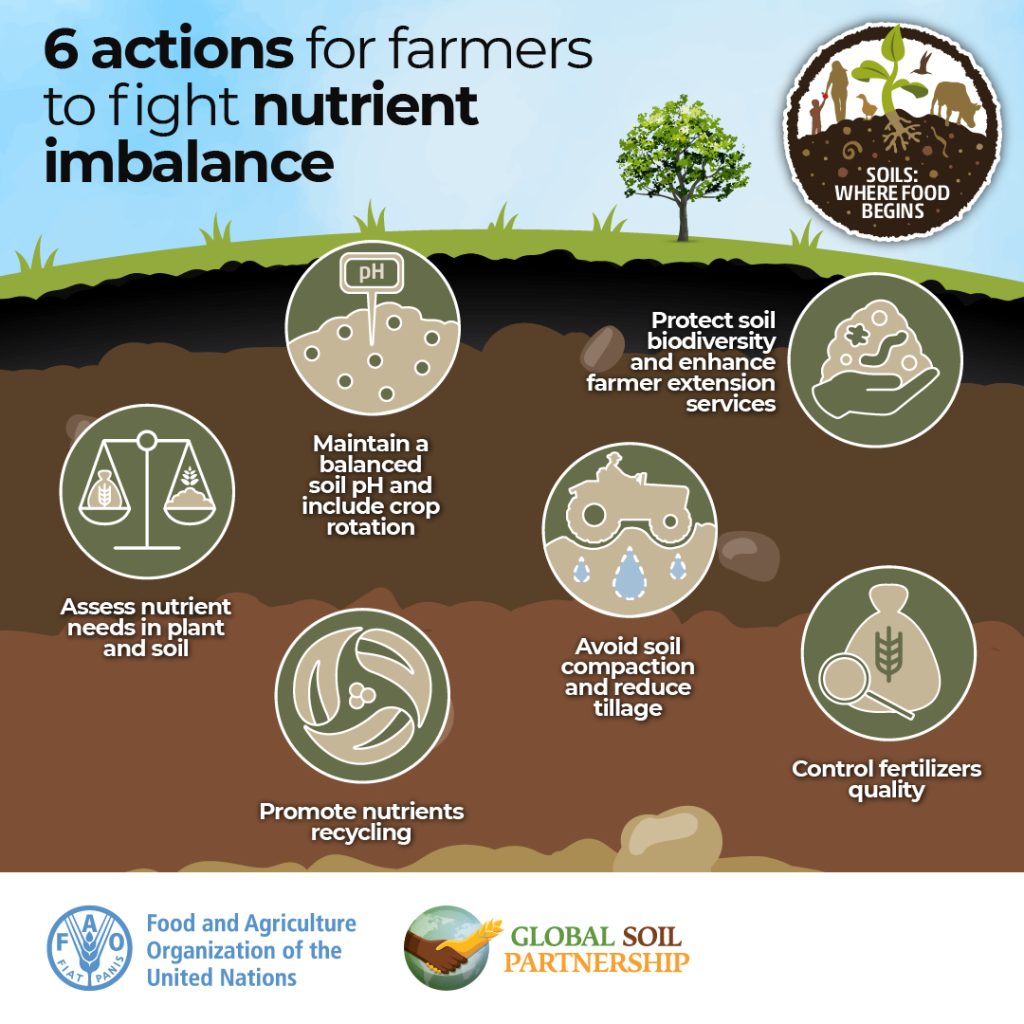
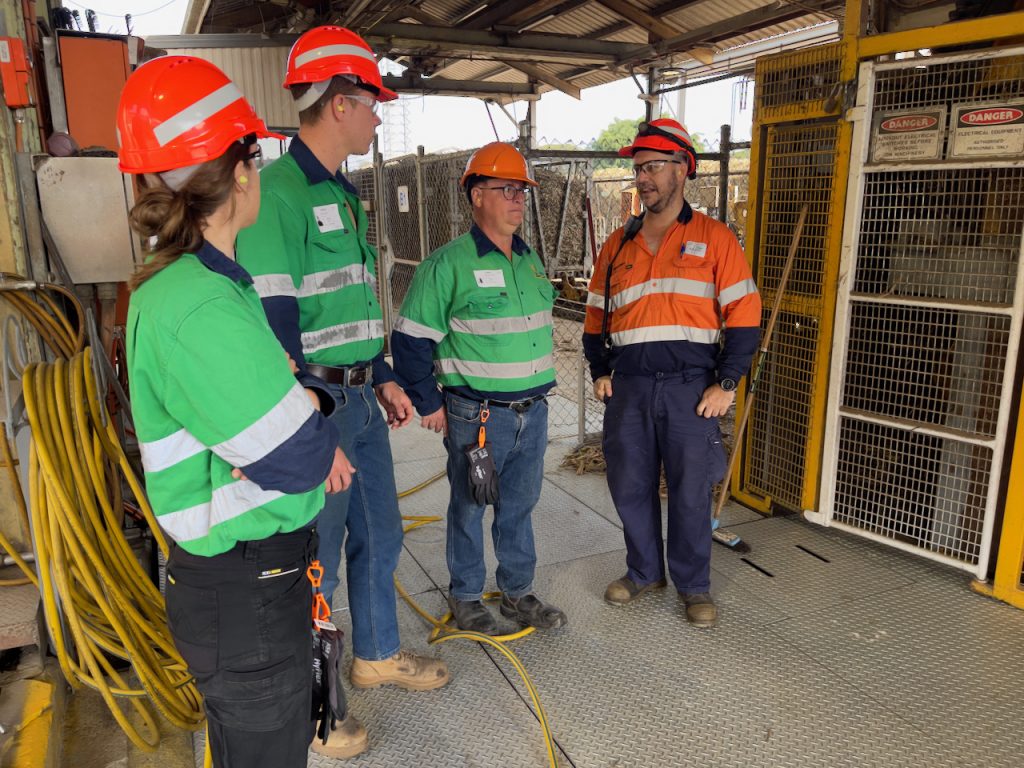

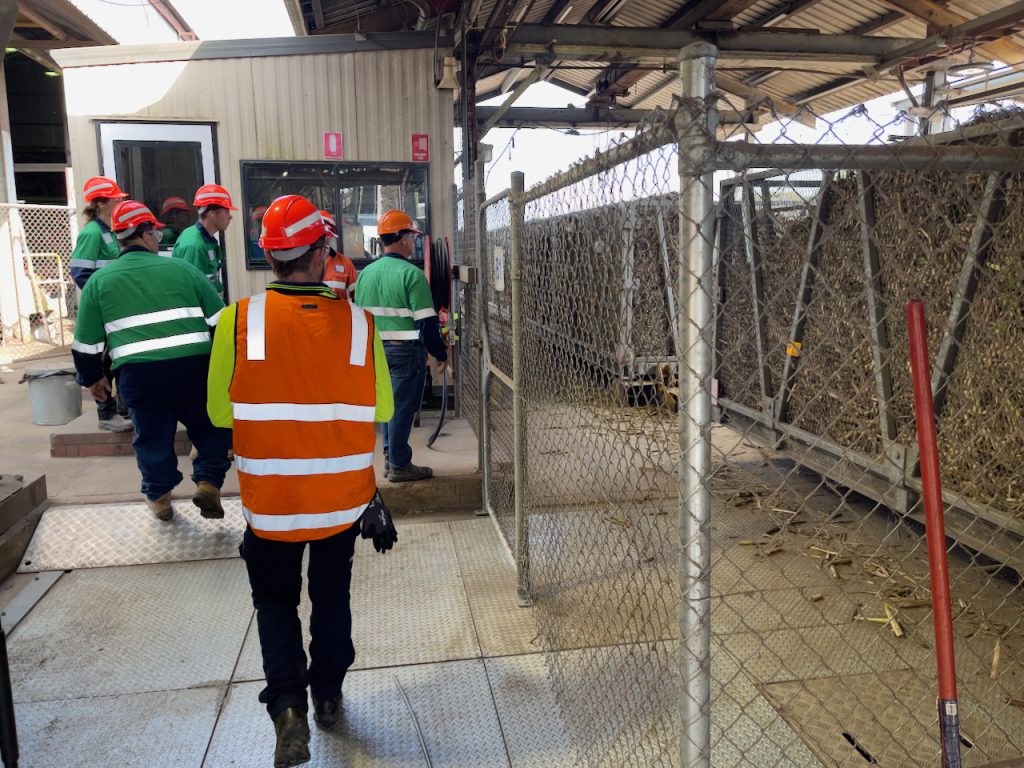
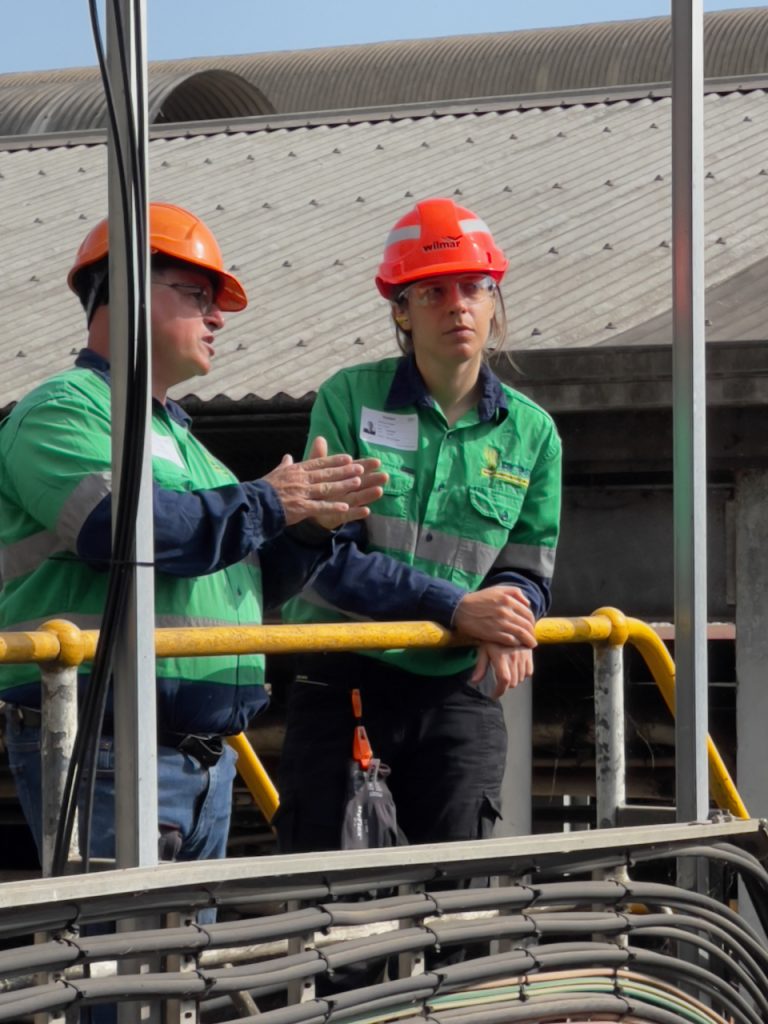

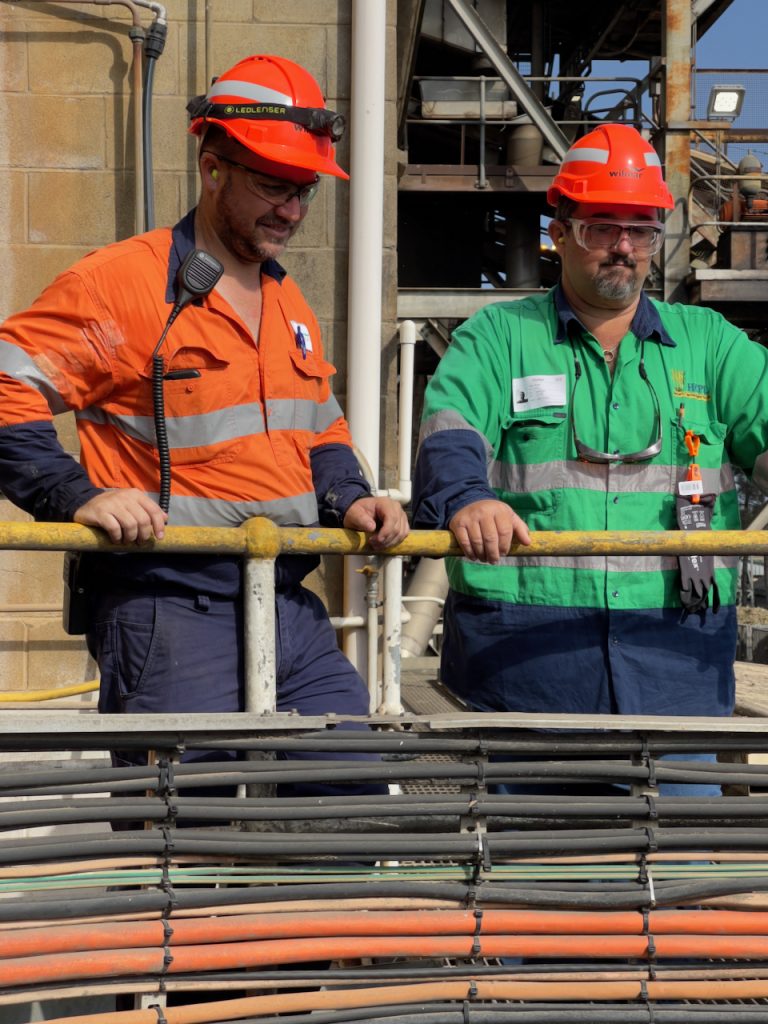
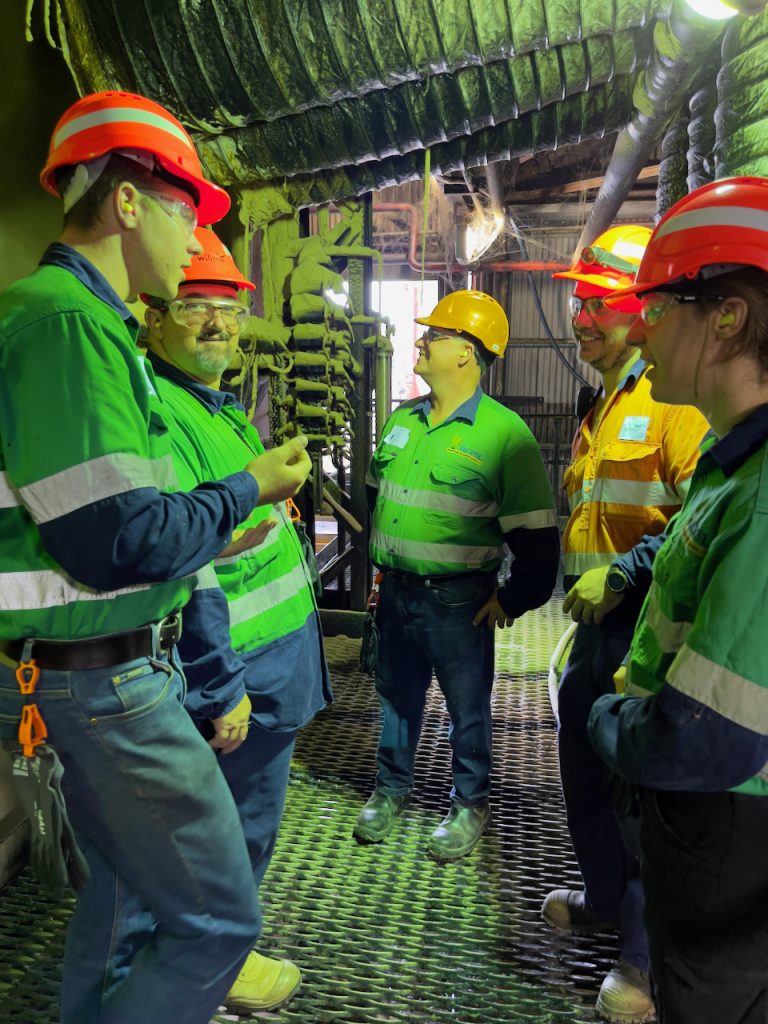



Recent Comments